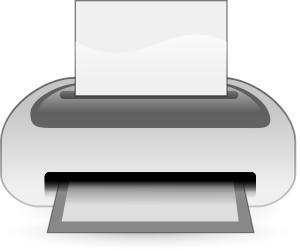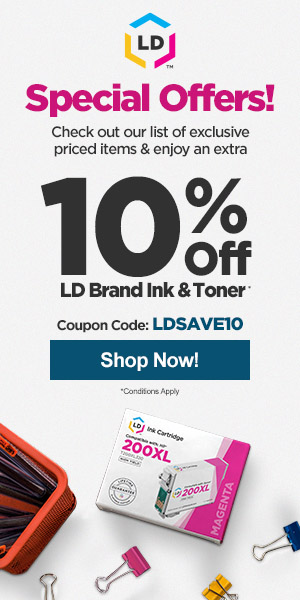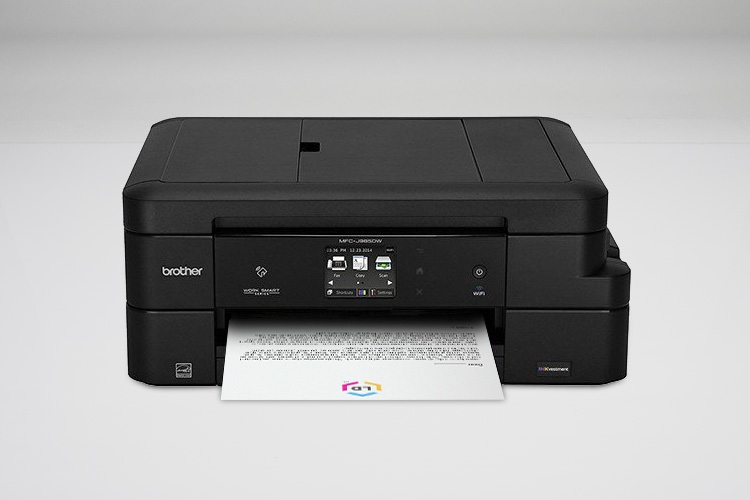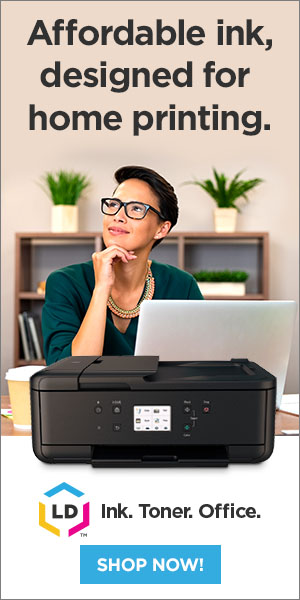The printer industry, as with any industry, has its own unique jargon and set of terms associated with products and product features. In an effort to elucidate terms that may be foreign to the average individual, we’ve decided to put together a brief list of print consumable terminology you may not be familiar with. A basic understanding of these terms will go a long way to assist you in making informed purchases and, perhaps, to learn about supplies that can greatly enhance the quality of your printed product.
Print Cartridges:
Some may not be aware of the fact that there are actually two different types of print cartridges for inkjet printers: ink cartridges and ink tanks. Ink cartridges are ink containers that utilize a built-in print head. HP, Lexmark and Dell are examples of manufacturers who commonly produce ink cartridges.
Ink tanks lack a print head. Instead, the printhead is found inside the printer itself. Common manufacturers who use ink tanks are Epson, Canon and Brother.
Different Ink Types for Print Cartridges: Dye and Pigment
Dye-based Ink:
The most traditional and commonly used ink type for print cartridges is dye ink. Dye ink is stronger than pigment-based ink and produces a greater color vibrancy. However, since most are water-soluble, they can sometimes smear. Dye ink requires more time to dry and results can be marred if a drop of water touches the page. Another drawback of dye-based ink is their sensitivity to light, which causes the ink to fade over time. Although advances in ink development have improved the fade resistance of dye ink, pigment ink continues to be the preferred choice for users whose printed products are exposed to the sun (for instance, outdoor signs or banners) or for those looking for archival quality prints.
Pigment-based Ink:
As mentioned earlier, pigment ink won’t afford you the same level of color brightness as a dye-based ink cartridge, but what it lacks in vibrancy it more than makes up for in archival quality and color stability. Whereas dye-based ink is water soluble, pigment-based inks consist of solid particles within the ink, allowing it to rest on top of the page rather than be absorbed into it. This creates less potential for smearing, greater color stability and archival quality. Depending on the paper type and storage settings, pigment inks can last for more than 200 years. For this reason, pigment ink is the preferred choice for photographers and graphic and fine artists.
Toner Cartridges:
Whereas ink cartridges and ink tanks are compatible with inkjet printers, toner cartridges are used with laser printers. Instead of utilizing ink, laser toners cartridges contain toner – an electrically charged dry carbon powder. Although toner cartridges are perfect for those looking for higher yielding cartridges and fast print speeds, they lack the ability to produce the fine photo quality of an ink cartridge.
OEM
OEM stands for original equipment manufacturer. A cartridge that is advertised as “OEM” is one that has been manufactured and endorsed by a printer company and has a set compatibility with a particular printer or printer series.
Remanufactured
Remanufactured print cartridges are cartridges that, after one lifecycle, have been rebuilt with mostly new parts to provide like-new results. These cartridges are often sold for a fraction of the cost of the original and deliver environmental benefits, such as reduced greenhouse gas emissions due to the lack of virgin materials needed to rebuild the cartridge and preventing original cartridges from ending up in landfills.
Compatible
Compatible ink and toner cartridges are third-party cartridges that have been reverse-engineered to match the same features, specifications and print quality of an original cartridge. Unlike remanufactured cartridges, they are built brand new.
Page Yield
Page yield is the approximate number of printed pages a cartridge will produce before it is depleted of ink or toner. However, it’s important to note that page yield is calculated at 5% page coverage, which is the equivalent of two small paragraphs in a 12-size font (100% coverage would be a page filled with ink from edge to edge). Your cartridge’s overall page yield will be influenced by factors like graphics, font size and color. Page yield, then, is not a promised calculation as to how many pages of printed text or graphics you’ll receive, but rather it’s a figure made for the purpose of comparison and dependent on the variables mentioned.
Cost Per Page
Cost per page is the approximate amount of money each printed page costs the user. To calculate the cost per page, take the cost of the cartridge and divide it by the page yield of the cartridge. This will give you an idea as to the average cost of each printed page.







Leave a Reply